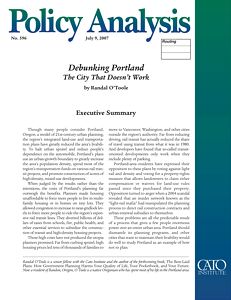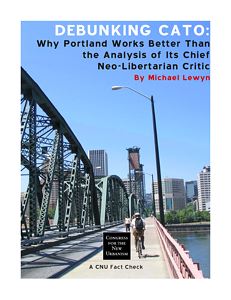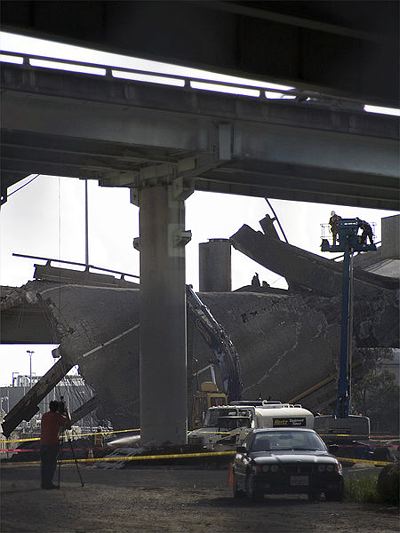Is Portland’s land-use planning process reducing sprawl and auto driving? The Congress for the New Urbanism wants to think so, but they ignore the high cost that planning is imposing on Portland-area residents.


Are Transit-Oriented Developments Changing People’s Travel Habits?
My critique of Portland’s transit-oriented developments (TODs) argues, “there is little evidence that they have significantly changed people’s travel habits.” Rather than respond to this, Michael Lewyn says that the percentage of people living in these developments who use transit is higher than the national average.










